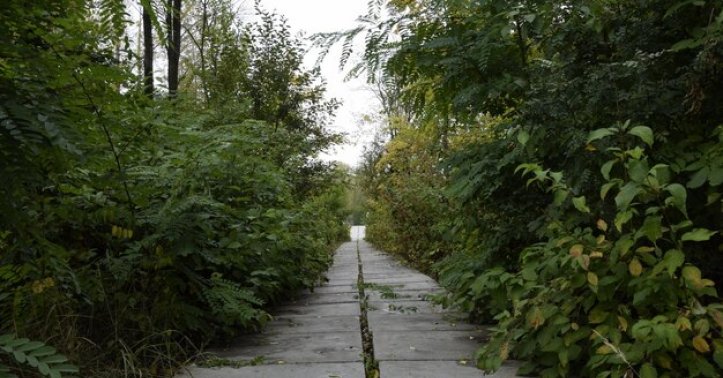
Cemented Platforms Around Tree Trunks
A Silent Threat to Urban Greenery
Roots gasp for fresh air,
Cement strangles life below,
Green fades, hope decays.
Dr. Riitesh Sinha feels that urbanization and infrastructure development have transformed cities worldwide, often at the expense of green spaces. Among the overlooked issues in urban tree management is the construction of cemented platforms around tree trunks. While these platforms may appear aesthetically pleasing and practical for landscaping, they pose severe threats to the health of trees and the broader urban ecosystem. Dr. Riitesh Sinha, a staunch advocate of sustainable development, explains the harmful effects of this practice and offers insights into better alternatives.
1. Restricted Root Aeration
Trees rely on their root systems for essential functions like nutrient uptake and gas exchange. Cemented platforms suffocate the roots by blocking the natural flow of oxygen and water into the soil. Dr. Sinha emphasizes that roots need loose, aerated soil to thrive. “Cement barriers prevent the exchange of gases between the soil and atmosphere, leading to root asphyxiation and eventually weakening the tree,” he says.
2. Waterlogging and Soil Compaction
Platforms around tree trunks can exacerbate waterlogging during rainfall, as water is unable to penetrate the impermeable concrete layer. This stagnation harms both the tree and the surrounding soil by promoting root rot and fungal infections. Additionally, construction activities lead to soil compaction, further inhibiting water absorption and root growth.
3. Nutrient Deprivation
Healthy soil teems with microorganisms and organic matter that sustain trees. By cementing the area around tree trunks, these life-sustaining elements are cut off. Dr. Sinha explains, “Cemented platforms not only isolate the tree from vital nutrients but also disrupt the ecosystem of beneficial microbes that enhance soil fertility.”
4. Temperature Stress
Concrete absorbs and retains heat, creating a microclimate of elevated temperatures around the tree. This heat stress can damage the bark and lower the tree’s resilience to pests and diseases. Dr. Sinha warns, “Excessive heat around tree trunks accelerates their decay and diminishes their lifespan.”
5. Structural Instability
Trees with restricted root systems are more prone to toppling during storms. The lack of a robust root network, compounded by soil compaction, makes such trees a hazard in urban settings. Dr. Sinha states, “Cemented platforms compromise the tree’s anchorage, increasing the risk of accidents during extreme weather.”
6. Disrupted Growth Cycles
The natural expansion of tree trunks is hindered when surrounded by rigid cement. This mechanical stress can lead to girdling, a condition where the tree’s growth is stunted, eventually killing it.
Alternative Approaches to Tree Management
Dr. Sinha advocates for eco-friendly solutions like:
Mulching: Using organic mulch around tree bases allows for better aeration, moisture retention, and nutrient recycling.
Permeable Pavers: Replace cement with porous materials to facilitate water infiltration and gas exchange.
Tree Guards: Instead of platforms, install metal or wooden guards to protect tree trunks while keeping the soil open.
Regular Monitoring: Encourage arborists and municipal bodies to inspect urban trees for signs of stress and take corrective measures.
Conclusion
The construction of cemented platforms around tree trunks may seem like a minor urban practice, but its detrimental effects on tree health and urban ecosystems are profound. Dr. Riitesh Sinha urges city planners, architects, and citizens to adopt sustainable alternatives that ensure the longevity and vitality of urban greenery. “Protecting trees is not just an environmental responsibility; it’s an investment in the future of our cities and our planet,” he concludes.








